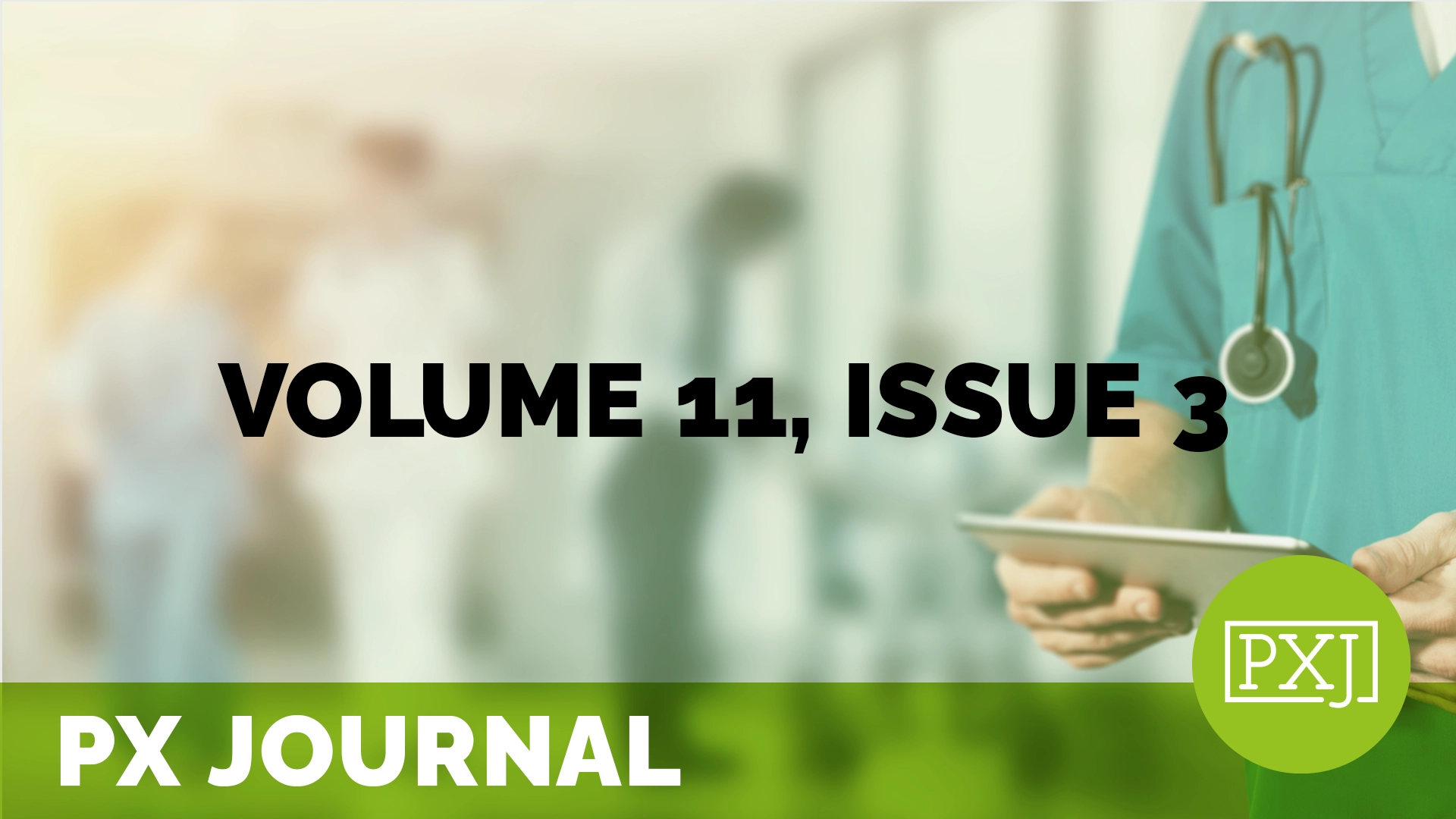Adolescents with Cystic Fibrosis Expressing their Possible Selves through Photovoice: a Longitudinal Interpretative Phenomenological Analysis to Prepare a Peer Support Intervention for Healthcare Transitions

While the transition from pediatric to adult care has become a field of study and practice focused on preparing the adolescent to “become an adult with a chronic condition”, we are conducting participatory research to develop, implement, and evaluate a peer-support intervention aimed at supporting transition from pediatric to adult care for adolescents living with cystic fibrosis within two hospital centers in France. In preparation for this intervention, we would like to better understand how peer support could support identity self-determination of the adolescents. We conducted a longitudinal qualitative research using photovoice technique. For one year, 8 French adolescents (15–18 years old) with cystic fibrosis were interviewed 3 times (every 6 months) and, based on a photo representing what “becoming an adult” meant to them and that they had taken, they explained their experience of transitioning to adulthood. Data were analyzed using the interpretative phenomenological analysis approach. The evolution of adolescents’ capacities to integrate disease into their identity and imagine possible selves that are not determined by the disease varies depending on a range of exploratory processes and self-event connections that we mapped to produce a dynamic framework of “illness identity” development. Rejecting master narratives of illness identity, adolescents seek to develop a self-determined gaze, mobilizing cultural and social mediation in particular. In this sense, peer support intervention could support the adolescent’s agentivity.
Related content
-
 Patient Family & Community Engagement
Patient Family & Community EngagementDriving Healthy Behaviors through Social Support: The Role of Co-Responsibility in Weight Loss and Maintenance
The effectiveness of out of hospital lifestyle interventions in healthcare is likely co-dependent on social support from involved one’s. We sought to investigate the interrelationships between patient-partner Co-responsibility, Spousal Support, and Self-efficacy and the mechanisms through which they contribute to health behaviors and outcomes relevant to weight loss and maintenance.
Learn more -
 Patient Family & Community Engagement
Patient Family & Community EngagementCancer Partnerships Hub (CPH) Model: Implementing an Organizational Innovation to Enhance Engagement of Patient-Partner in Cancer Care Services
Patient partnership is rapidly becoming a cornerstone of effective care, with healthcare professionals recognizing the immense value of collaboration. This case study delves into the innovative Cancer Partnership Hub (CPH) model implemented at the Integrated University Health and Social Services Center of East Montreal Island (CIUSSS-EMTL) in Quebec, Canada. The CPH model exemplifies the integration
Learn more -
 Patient Family & Community Engagement | Staff & Provider Engagement
Patient Family & Community Engagement | Staff & Provider EngagementWhat Does Excellent Look Like?
This webinar explores how connection and communication directly impact the human experience in healthcare. Through the lens of “What Does Excellent Look Like?”, we’ll share a practical staff activity that uses a communication framework to identify and reinforce behaviors that reflect excellence. Participants will learn how to define effective versus ineffective communication, discuss what “excellence”
Learn more
